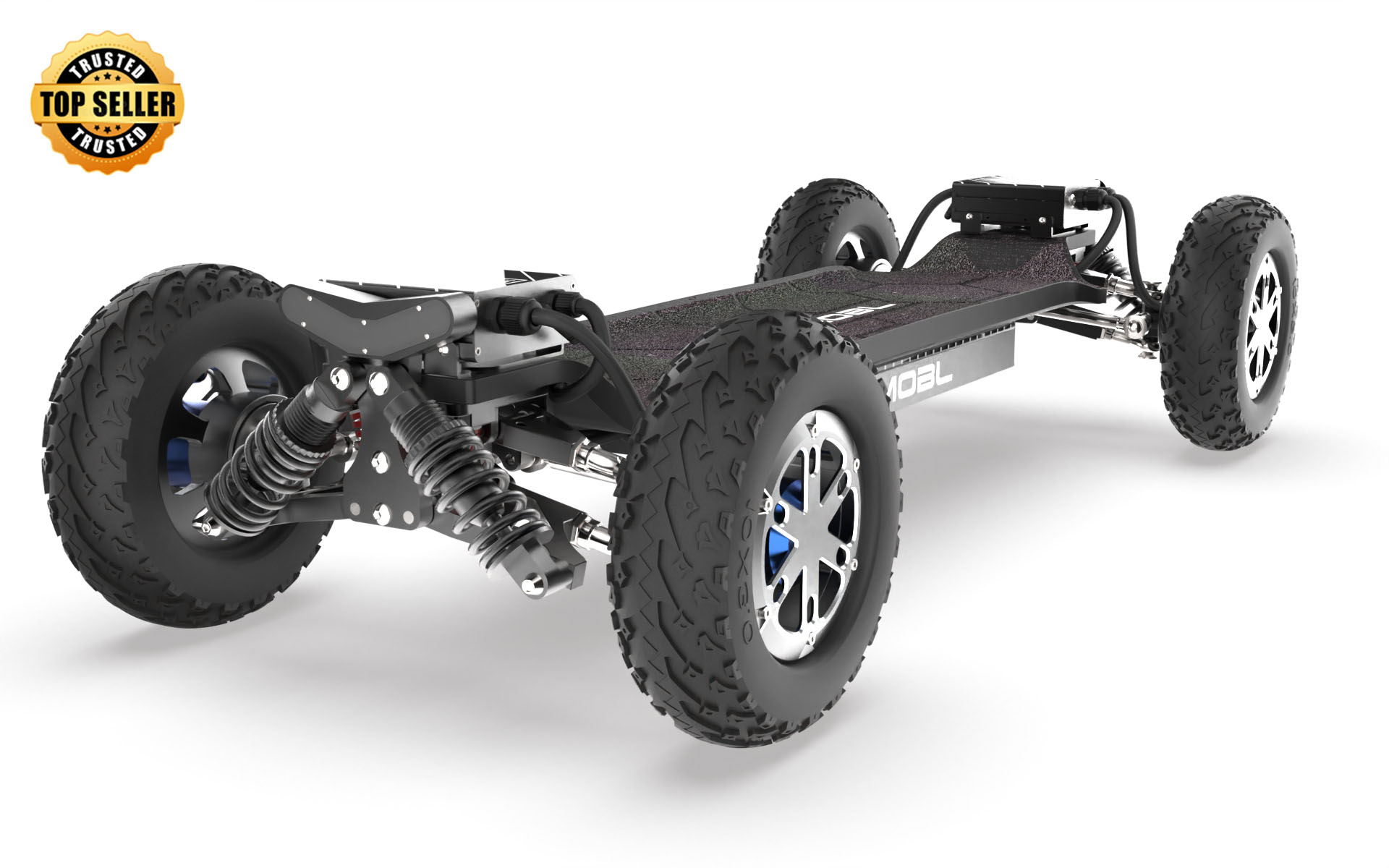Unlock the Thrill: Discover the Ultimate Guide to Electric Skateboards!
In recent years, electric skateboards have surged in popularity, becoming a thrilling alternative for urban transportation and recreational enjoyment. Imagine gliding smoothly down the street, the wind in your hair, and the world rushing by as you effortlessly navigate through traffic or enjoy a scenic park ride. This guide aims to uncover the exciting world of electric skateboards, providing insights into their features, benefits, and types, as well as tips to help you choose the perfect board. Whether you're a seasoned skater or a newcomer looking for a fun way to get around, electric skateboards promise an exhilarating ride.

Understanding Electric Skateboards
Electric skateboards are essentially an evolution of traditional skateboards, integrating electric motors and battery systems to provide a powered riding experience. A typical electric skateboard consists of several basic components: the deck, which serves as the platform for the rider; wheels that facilitate smooth movement; a motor that propels the board; and a battery that powers the motor. Unlike traditional skateboards, which rely solely on the rider's physical effort, electric skateboards allow riders to maintain higher speeds with less exertion. This technology not only enhances the riding experience but also opens up new possibilities for commuting and leisure activities.
Features of Electric Skateboards
Electric skateboards come packed with a variety of features that enhance their usability and performance. Speed is a significant factor, with many boards capable of reaching speeds of up to 20-30 miles per hour, providing an adrenaline rush for thrill-seekers. Range is another crucial feature; depending on the model, some boards can travel over 20 miles on a single charge, making them practical for longer commutes. Weight is also a consideration, as lighter boards are easier to carry and maneuver. Additionally, safety mechanisms such as reliable brakes and integrated lights ensure riders can navigate safely, especially in low-light conditions. These features combine to create an enjoyable and secure riding experience.
Benefits of Riding Electric Skateboards
Riding electric skateboards offers numerous benefits that make them an appealing choice for many individuals. For starters, they provide a convenient mode of transportation, allowing users to bypass traffic and reach their destinations faster. This can be especially advantageous for urban commuters looking to save time. Furthermore, electric skateboards are eco-friendly, producing zero emissions and contributing to a reduction in carbon footprints compared to cars. They also bring a fun factor that is hard to match; riding an electric skateboard can evoke a sense of freedom and adventure. Friends who have made the switch often share stories of how they now enjoy their daily commutes or weekend outings more than ever, thanks to the thrill of riding.
Types of Electric Skateboards
The market offers various types of electric skateboards, each catering to different preferences and riding styles. Commuter boards are designed for daily travel, often featuring a compact design and moderate speed for city use. Off-road boards, on the other hand, come equipped with robust wheels and durable construction, making them suitable for rough terrains and adventurous riders. Longboards provide an extended deck for more stability and comfort, ideal for cruising or downhill riding. Understanding the differences between these types can help riders choose the right board based on their intended use, ensuring a satisfying riding experience tailored to their needs.
How to Choose the Right Electric Skateboard
Selecting the right electric skateboard involves several considerations to ensure the best fit for your needs. Start by establishing a budget, as prices can vary widely based on features and specifications. Next, think about your intended use: will you be commuting, cruising leisurely, or seeking thrills on rough terrain? Your skill level also plays a crucial role; beginners may prefer boards with smoother acceleration and better stability, while more experienced riders might seek higher speeds and advanced features. Additionally, consider essential features such as battery life, weight, and safety options. A helpful checklist can include: budget, type of riding, distance needed, and safety features. Doing thorough research before making a purchase can significantly enhance your riding experience.
Summary of Key Insights
Electric skateboards offer an exciting blend of convenience, eco-friendliness, and sheer fun. Throughout this guide, we've explored the essential elements of electric skateboards, from their components to the various types available. With numerous benefits and features, it's no wonder they're becoming a popular choice for those looking to enhance their commuting experience or simply enjoy a leisurely ride. As you navigate your options, remember to consider your budget, intended use, and personal preferences to find the perfect electric skateboard that suits your lifestyle. So gear up and get ready to unlock the thrill of riding—your electric adventure awaits!








